Past Lectures & visits
26 April
Suzanne Fagence Cooper
Pioneering Women Photographers
From the earliest days of
photography, women claimed this
new art for their own. This lecture
offers a new vision of the Victorians,
seen through the lenses of
pioneering women.
Right: Photo by Julia Margaret
Cameron.
Below: LWW1 Photograph taken by war
photographer Olive Edis
It includes the intimate fantasies of
Clementina, Lady Hawarden; the soft-
focus story-telling and images of Empire
made by Julia Margaret Cameron; and
radical portraits captured by the Suffrage
campaigner Olive Edis.
More on Julia Margaret Cameron
More on Lady Howarden
More on Olive Edis
22 March
Maggie Campbell Pederson
Ivory and Tortoiseshell – Past Users and present bans
Ivory and tortoiseshell are two
organic gem materials that have often
been used together, and that today
share very similar trade bans. This
talk will look at the use of the two
materials through the ages, the
animals from which they are derived,
some of the imitations that have been
used, and how to recognise fakes.
The talk is richly illustrated.
An elephant is killed every 15 minutes for its ivory’ ... part of Zimbabwe’s ivory
stockpile.
Photograph: Tsvangirayi Mukwazhi/AP
Guardian article on recent ban changes
WWF article on ivory ban
Telegraph article on Ivory sales
Study Day to be held on Thursday 15 March 2018
Victoria Hall in Oakham, cost is £25 per person and members and guests are
welcome.
‘Iran – Land of Great Kings, Shahs and Ayatollahs’
The study day will look at contemporary Iran following the revolution led by Ayatollah
Khomeini, as well as the ancient palace of Persepolis, the brilliant architecture of the
country’s mosques and palaces, and the delightful gardens of which the Iranians are
so proud.
John Osborne, an Arts Society
lecturer who know the country well,
will be our guide. He has lived and
worked in Iran, speaks Farsi and has
led travel groups there for many
years. There can be few people
better able to reveal the secrets of
this fascinating country.
Bas reliefs of Persian guards, Winter Palace of Darius (Tashara) Persepolis
22 February
Jon Cannon
Sacred Art of Ancient China
Join me to tour the religious art and architecture of China. We will see examples of
work of the great faiths that dominated the history of that great civilisation, including
the ancient, indigenous Confucian and Taoist traditions; the image-rich Mahayana
version of Buddhism that has been hugely influential in the country for two thousand
years; and the distinctive Chinese responses to Christianity and Islam.
At the heart of this rich, and often precociously humanistic culture lay a series of
concerns of truly ancient origin: the maintenance of harmonious relations between
men and Heaven; respect for one’s family, including the spirits of one's ancestors;
and the role of the Emperor as the fulcrum of life in the ‘central Kingdom’, a role as
much spiritual as secular.
During the lecture we will visit mountain-tops decorated with Confucian calligraphy;
some of the oldest wooden buildings in the world — the Buddhist temples of
Wutaishan, built in the eighth century and with their decoration and sculpture intact
— and Mandarin’s gardens, their design infused with symbolism from Taoist,
Buddhist and Confucian traditions. These between them comprised the ‘three
teachings’ (San Jiao) encouraged by the imperial Chinese state.
Even today, Beijing’s layout is
recognisably that of a sacred city
designed around the palace and
sacrificial altars associated with the
imperial cult: we will see what remains
of these, and ponder the role of religion
in China’s modern, secular and rapidly
developing state. By the end of the
hour, you will have a clear and vivid
idea of the enormous significance of
religion for the Chinese arts.
Beijing travel guide
25 January
Anthony Penrose
The Boy Who Bit Picasso
As a child Antony Penrose first met Picasso
when he visited the Penrose family home of
Farley Farm, in Chiddingly, East Sussex in 1950.
They became instant friends and invented their
own boisterous game of pretend bull fights. In the
excitement Antony bit Picasso, and Picasso bit
him right back, but it did not spoil the friendship
and during the many visits he made to Picasso’s
homes in France Antony felt very much at home.
He loved the menagerie of pets – the live ones
and those Picasso made as sculptures that
seemed alive.
Antony’s parents were Roland Penrose, the curator and biographer of Picasso, and
Lee Miller, the photographer. Picasso painted her portrait six times and she
photographed him more than 1,000 times and her images illustrate Antony’s
entertaining and amusing account of life around Picasso. This lecture also covers
the process of writing and the design of the book which has been very favourably
reviewed and is a best seller.
Link to the Penrose Farley Farm web site
Guardian article on Antony Penrose
23 November 2017
Hidden Treasures: The Fine Art of Book Illustration
James Russell
By their very nature, book illustrations tend to be
hidden, and the work of even well-known artists is
rarely seen. In a broad survey we enter the secret
world of the illustrated book, focusing mainly on
popular titles such as Alice in Wonderland and
Gilbert White's Selborne - showing the diverse ways
in which artists have responded to the text. We look
at wood engravings, line drawings, pochoir
illustrations and lithographs by a diverse range of
artists, including John Tenniel and EH Shepard,
Barnett Freedman and Eric Ravilious, Kathleen Hale
and Quentin Blake. A visual and literary treat.
Click here for background on John Tenniel
26 October 2017 AGM
A Flawed Genius? The life and art of Amadeo Modigliani
Frank Woodgate
Opinions are divided about what would have become of
Amadeo Modigliani, had he not died of tuberculosis (and
excess) at the age of only 35. Some critics claim that he
would have gone on to be a modern master, while many
feel that he had already produced his greatest and most
powerful works of both painting and sculpture before his
untimely death.
From an Italian/Jewish background (he was born in Livorno
in 1884), he settled in Paris in 1906 and, while outside the
prevailing movements (Fauvism, Cubism and Futurism),
was friendly with other artists such as Picasso and
absorbed influences from such varied sources as Botticelli
and African tribal carving.
Double portrait of Jacques Lipchitz and his wife, Berthe, 1916
Click here for background on Modigliani
28 September 2017
Twentieth Century Sculpture
Linda Smith
This lecture traces the development of
sculpture in the twentieth century, from large
lumps of marble at one end to unmade beds at
the other, and explains how and why this
trajectory happened. Key developments like
Cubism, Primitivism, Surrealism and Pop Art all
affected sculpture, and are carefully explained
with a wide range of illustrations.
Tracy Emin- My Bed
The Bodleian Library, Oxford
Visit on Tuesday 19 September 2017
Despite motorway closures and huge traffic
jams, forward planning ensured we arrived at
the Bodleian Library for our prebooked tour at
one minute before it was due to start. We
missed our coffee break, but the very
informative and interesting tour and atmosphere
of the Library and its surrounds made up for
this. A very pleasant lunch and time to visit
exhibitions and walk around a beautifully sunny Oxford, alongside the film crews and
cast of either Lewis or Endeavour contributed to a lovely afternoon before again, an
elongated drive back. Thank you to Gay and Sue for the extremely well organised
day and to our bus driver who avoided the M1 !
Foreigners in London 1520 - 1677:
Artists who changed the course of British Art
Leslie Primo
Thursday 24 August 2017
The lecture will look at the various formats and uses of art, tracing foreign artists
from the Tudor period through to the Renaissance and Baroque, looking at their
origins and how they came to work in England. It will examine the contributions of
artists such as Holbein, van Honthorst, Gheeraerts the younger, the Horenbouts,
Isaac Oliver, van Somer, van Dyck, Lely, and Rubens. This lecture will consider how
these artists influenced the British School of painting and assess their legacy.
A visit was made in June 2017 to the Hokusai - Beyond the Great Wave Exhibition at
the British Museum.
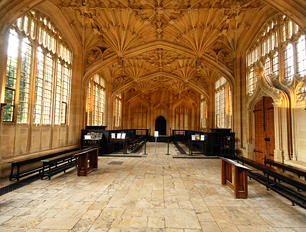

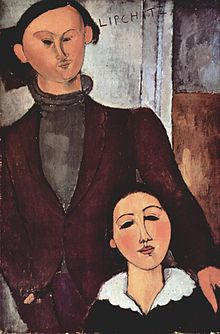
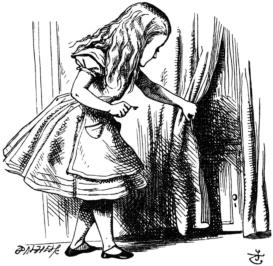
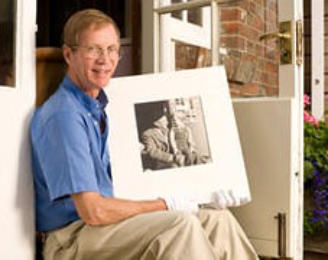
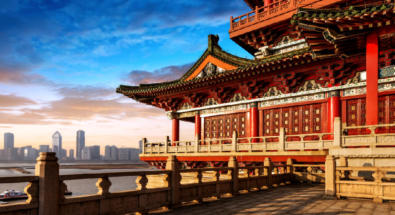
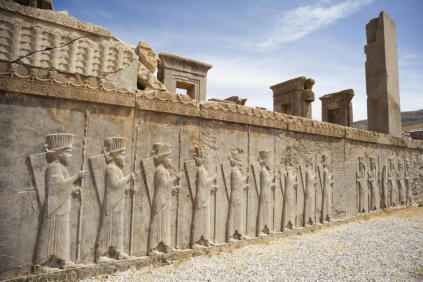
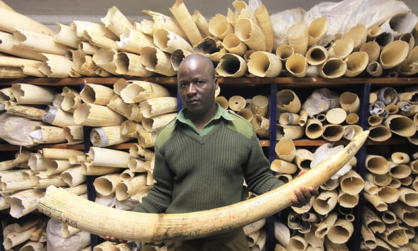
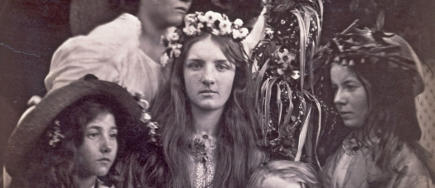
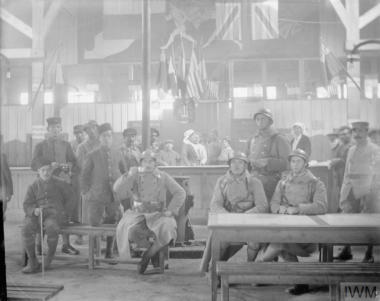
Web site designed, created and maintained by Janet Groome,
Handshake Computer Training.
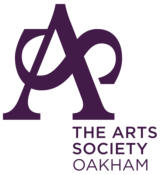
Past Lectures & visits
26 April
Suzanne Fagence Cooper
Pioneering Women Photographers
From the earliest days of photography, women
claimed this new art for their own. This lecture
offers a new vision of the Victorians, seen
through the lenses of pioneering women.
Above: Photo by Julia Margaret Cameron.
Below: LWW1 Photograph taken by war
photographer Olive Edis
It includes the intimate fantasies of Clementina,
Lady Hawarden; the soft-focus story-telling and
images of Empire made by Julia Margaret
Cameron; and radical portraits captured by the
Suffrage campaigner Olive Edis.
More on Julia Margaret Cameron
More on Lady Howarden
More on Olive Edis
22 March
Maggie Campbell Pederson
Ivory and Tortoiseshell – Past Users and
present bans
Ivory and tortoiseshell are two organic gem
materials that have often been used together,
and that today share very similar trade bans.
This talk will look at the use of the two materials
through the ages, the animals from which they
are derived, some of the imitations that have
been used, and how to recognise fakes. The
talk is richly illustrated.
An elephant is killed every 15 minutes for its
ivory’ ... part of Zimbabwe’s ivory stockpile.
Photograph: Tsvangirayi Mukwazhi/AP
Guardian article on recent ban changes
WWF article on ivory ban
Telegraph article on Ivory sales
Study Day to be held on Thursday 15 March
2018
Victoria Hall in Oakham, cost is £25 per person
and members and guests are welcome.
‘Iran – Land of Great Kings, Shahs and
Ayatollahs’
The study day will look at contemporary Iran
following the revolution led by Ayatollah
Khomeini, as well as the ancient palace of
Persepolis, the brilliant architecture of the
country’s mosques and palaces, and the
delightful gardens of which the Iranians are so
proud.
John Osborne, an Arts Society lecturer who
know the country well, will be our guide. He
has lived and worked in Iran, speaks Farsi and
has led travel groups there for many years.
There can be few people better able to reveal
the secrets of this fascinating country.
Bas reliefs of Persian guards, Winter Palace of
Darius (Tashara) Persepolis
22 February
Jon Cannon
Sacred Art of Ancient China
Join me to tour the religious art and
architecture of China. We will see examples of
work of the great faiths that dominated the
history of that great civilisation, including the
ancient, indigenous Confucian and Taoist
traditions; the image-rich Mahayana version of
Buddhism that has been hugely influential in
the country for two thousand years; and the
distinctive Chinese responses to Christianity
and Islam.
At the heart of this rich, and often precociously
humanistic culture lay a series of concerns of
truly ancient origin: the maintenance of
harmonious relations between men and
Heaven; respect for one’s family, including the
spirits of one's ancestors; and the role of the
Emperor as the fulcrum of life in the ‘central
Kingdom’, a role as much spiritual as secular.
During the lecture we will visit mountain-tops
decorated with Confucian calligraphy; some of
the oldest wooden buildings in the world — the
Buddhist temples of Wutaishan, built in the
eighth century and with their decoration and
sculpture intact — and Mandarin’s gardens,
their design infused with symbolism from
Taoist, Buddhist and Confucian traditions.
These between them comprised the ‘three
teachings’ (San Jiao) encouraged by the
imperial Chinese state.
Even today, Beijing’s layout is recognisably that
of a sacred city designed around the palace
and sacrificial altars associated with the
imperial cult: we will see what remains of these,
and ponder the role of religion in China’s
modern, secular and rapidly developing state.
By the end of the hour, you will have a clear
and vivid idea of the enormous significance of
religion for the Chinese arts.
Beijing travel guide
25 January
Anthony Penrose
The Boy Who Bit Picasso
As a child
Antony
Penrose first
met Picasso
when he
visited the
Penrose
family home of
Farley Farm,
in Chiddingly,
East Sussex
in 1950. They
became instant friends and invented their own
boisterous game of pretend bull fights. In the
excitement Antony bit Picasso, and Picasso bit
him right back, but it did not spoil the friendship
and during the many visits he made to
Picasso’s homes in France Antony felt very
much at home. He loved the menagerie of pets
– the live ones and those Picasso made as
sculptures that seemed alive.
Antony’s parents were Roland Penrose, the
curator and biographer of Picasso, and Lee
Miller, the photographer. Picasso painted her
portrait six times and she photographed him
more than 1,000 times and her images illustrate
Antony’s entertaining and amusing account of
life around Picasso. This lecture also covers
the process of writing and the design of the
book which has been very favourably reviewed
and is a best seller.
Link to the Penrose Farley Farm web site
Guardian article on Antony Penrose
23 November 2017
Hidden Treasures: The Fine Art of Book
Illustration
James Russell
By their very
nature, book
illustrations
tend to be
hidden, and the
work of even
well-known
artists is rarely
seen. In a
broad survey
we enter the
secret world of
the illustrated
book, focusing mainly on popular titles such as
Alice in Wonderland and Gilbert White's
Selborne - showing the diverse ways in which
artists have responded to the text. We look at
wood engravings, line drawings, pochoir
illustrations and lithographs by a diverse range
of artists, including John Tenniel and EH
Shepard, Barnett Freedman and Eric Ravilious,
Kathleen Hale and Quentin Blake. A visual and
literary treat.
Click here for background on John Tenniel
26 October 2017 AGM
A Flawed Genius? The life and art of Amadeo
Modigliani
Frank Woodgate
Opinions are divided
about what would
have become of
Amadeo Modigliani,
had he not died of
tuberculosis (and
excess) at the age of
only 35. Some critics
claim that he would
have gone on to be a
modern master, while
many feel that he had
already produced his
greatest and most
powerful works of
both painting and sculpture before his untimely
death.
From an Italian/Jewish background (he was
born in Livorno in 1884), he settled in Paris in
1906 and, while outside the prevailing
movements (Fauvism, Cubism and Futurism),
was friendly with other artists such as Picasso
and absorbed influences from such varied
sources as Botticelli and African tribal carving.
Double portrait of Jacques Lipchitz and his
wife, Berthe, 1916
Click here for background on Modigliani
28 September 2017
Twentieth Century Sculpture
Linda Smith
This lecture traces the development of
sculpture in the twentieth century, from large
lumps of marble at one end to unmade beds at
the other, and explains how and why this
trajectory happened. Key developments like
Cubism, Primitivism, Surrealism and Pop Art all
affected sculpture, and are carefully explained
with a wide range of illustrations.
Tracy Emin- My Bed
The Bodleian Library, Oxford
Visit on Tuesday 19 September 2017
Despite
motorway
closures and
huge traffic
jams, forward
planning
ensured we
arrived at the
Bodleian
Library for
our
prebooked tour at one minute before it was due
to start. We missed our coffee break, but the
very informative and interesting tour and
atmosphere of the Library and its surrounds
made up for this. A very pleasant lunch and
time to visit exhibitions and walk around a
beautifully sunny Oxford, alongside the film
crews and cast of either Lewis or Endeavour
contributed to a lovely afternoon before again,
an elongated drive back. Thank you to Gay
and Sue for the extremely well organised day
and to our bus driver who avoided the M1 !
Foreigners in London 1520 - 1677:
Artists who changed the course of British Art
Leslie Primo
Thursday 24 August 2017
The lecture will look at the various formats and
uses of art, tracing foreign artists from the
Tudor period through to the Renaissance and
Baroque, looking at their origins and how they
came to work in England. It will examine the
contributions of artists such as Holbein, van
Honthorst, Gheeraerts the younger, the
Horenbouts, Isaac Oliver, van Somer, van
Dyck, Lely, and Rubens. This lecture will
consider how these artists influenced the British
School of painting and assess their legacy.
A visit was made in June 2017 to the Hokusai -
Beyond the Great Wave Exhibition at the British
Museum.





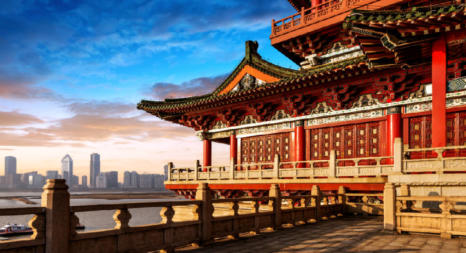


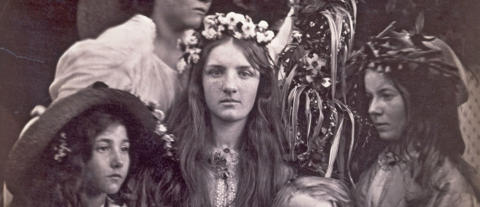

Web site designed, created and maintained by Janet Groome,
Handshake Computer Training.

























